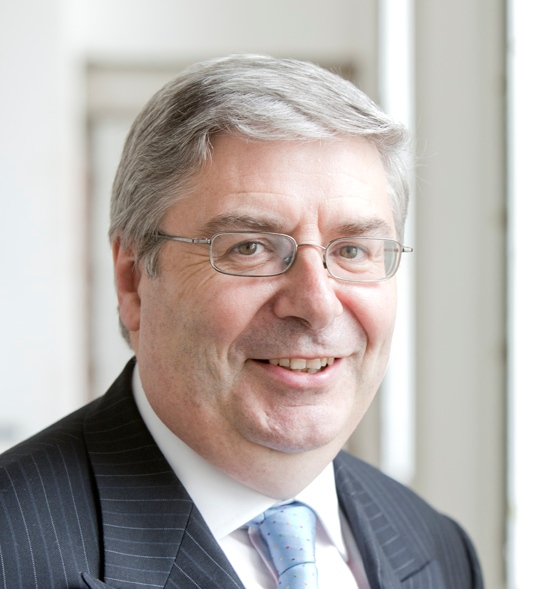The start of the art year in London is marked by the annual London Art Fair, now in its 27th year, being held at Business Design Centre in Islington, London. 128 galleries primarily from the UK, but with a good selection from Europe and the US, display a mixture of contemporary and modern works. It is always the modern works that are the more interesting for visitors to see what is new and which artists might be the stars of the future. Highlights of the Fair are the curated areas Art Projects where 32 galleries provide installations in range of media including Dialogues, curated by Anna Colin, which are collaborations between UK and international galleries and Photo 50 curated by Sheryi Bankale which this year introduces more innovation providing insight into the mind of the photographer, rather than just displays of photographs with an exhibition “Against Nature” “posed more as a series of questions than answers”.
In such a wide variety of work, how do artists see the buildings and the urban environment? The answer is in a variety of ways? There are predictably a number of works illustrating buildings in decay, a theme which is very popular in photography, evoking memories of buildings as they decline into ruin. Tom Leighton continues with his colourful images of cities, blending iconic buildings from several cities into an imaginary world city full of modern commercialism, while the artist Bonnie and Clyde makes a commentary on modern London and lifestyles in “High Life, High Wire (revisited)”. Simon McKnight’s “Open Night” at first glance appears optimistic with a building under construction as the floodlights illuminate the sky, but on second glance is this a building on which construction has halted and the graffiti artists have taken over? Claire Fahys imagines a more industrial architectural world while Emily Allchurch recreates the Tower of Babel with her work which is both optimistic, with references to “a greener future”, and pessimistic: “sorry – The lifestyle you ordered is out of stock”.
Lesley Hilling uses old wood from pianos and furniture for her wall sculptures, showing that old materials can be transformed into something new while Noart provides a visual illusion for the modern world with “Tax Heaven” (of which only 8 are available).
In the Photo 50 area, Hassan Hajjaj highlights visual cultural differences and links between London and Marrakesh in her installation which included furniture made from utilitarian objects from North Africa while Thorsten Brinkman creates environments from material sourced from antique markets, boot fairs and removal skips which, as will Leslie Hilling, enable us to see how things can have another life
A variety of work illustrating a variety of views of the modern world.












